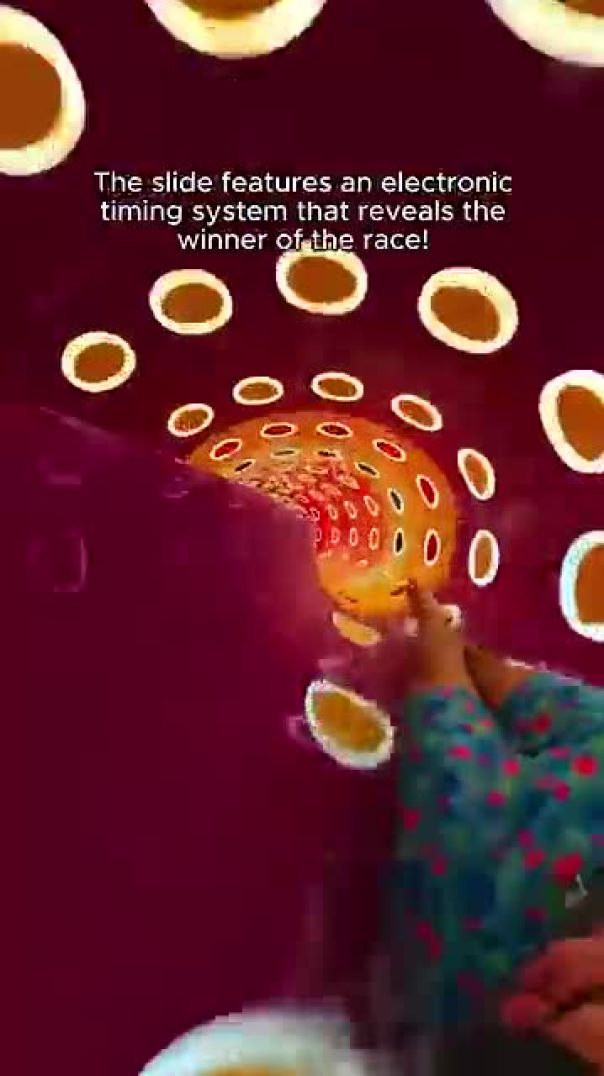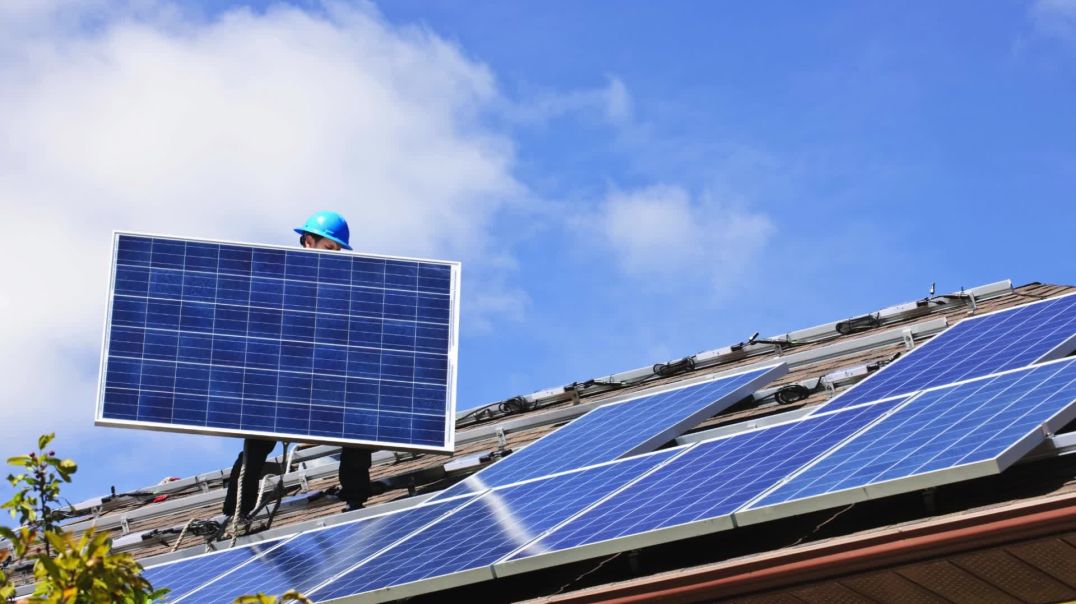4 Views· 28 October 2022
Our Solar System's Planets: Saturn | in 4K Resolution
Everything you could want to know about Saturn, in 4K! Real HD photos and videos taken by the Cassini-Huygens orbiter around the 6th planet from the Sun.
Our Solar System's Planets Playlist - https://goo.gl/pfzZtp
We discuss the orbit, physical characteristics, moons of Saturn and a lot more. Have any questions? Post in the comments. If you did find this video interesting, please share it as it will help me be able to make more of these in the future.
SUBSCRIBE for more videos about our other planets.
Subscribe! http://goo.gl/WX4iMN
Facebook! http://goo.gl/uaOlWW
All credit for the photos go to NASA.
Virtual solar system: http://www.solarsystemscope.com/
About Cassini and Saturn:
On June 30, 2004, the Cassini spacecraft entered orbit around Saturn to begin the first in-depth, up-close study of the ringed planet and its domain. As expected, the Saturn System has provided an incredible wealth of opportunities for exploration and discovery. With its initial four-year tour of the Saturn system complete as well as an initial two-year extended mission called the Cassini Equinox Mission, the spacecraft is conducting a second extended mission called the Cassini Solstice Mission.
"We're looking at a string of remarkable discoveries -- about Saturn's magnificent rings, its amazing moons, its dynamic magnetosphere and about Titan's surface and atmosphere," says Dr. Linda Spilker, Cassini project scientist. "Some of the mission highlights so far include discovering that Titan has Earth-like processes and that the small moon Enceladus has a hot-spot at its southern pole, jets on the surface that spew out ice crystals and evidence of liquid water beneath its surface."
Cassini's observations of Saturn's largest moon, Titan, have given scientists a glimpse of what Earth might have been like before life evolved. They now believe Titan possesses many parallels to Earth, including lakes, rivers, channels, dunes, rain, snow, clouds, mountains and possibly volcanoes.
The spray of icy particles from the surface jets collectively forms a towering plume three times taller than the width of Enceladus. The moon’s diameter is about 500 kilometers (around 300 miles) It is now thought that the plume feeds particles into Saturn's most expansive ring, the E ring. Already in the extended mission, the spacecraft has come as close as 25 kilometers (15 miles) from the moon's surface.
The results from the Cassini spacecraft and the European Space Agency's Huygens probe, which plunged through Titan's dense, smoggy atmosphere to its surface, have generated hundreds of scientific articles and been the subject of special issues of the world’s most important scientific journals.
The first four years of the Cassini-Huygens saga brought a new dimension of understanding of the complex and diverse Saturn system. The first, two-year Cassini Equinox Mission brought continued excitement. During that extended mission the spacecraft made 60 additional orbits of Saturn, 26 flybys of Titan, seven of Enceladus, and one each of Dione, Rhea and Helene. Investigations of Saturn's rings, the planet itself and new places within Saturn's magnetosphere also took place.
For more information: http://saturn.jpl.nasa.gov/




























0 Comments